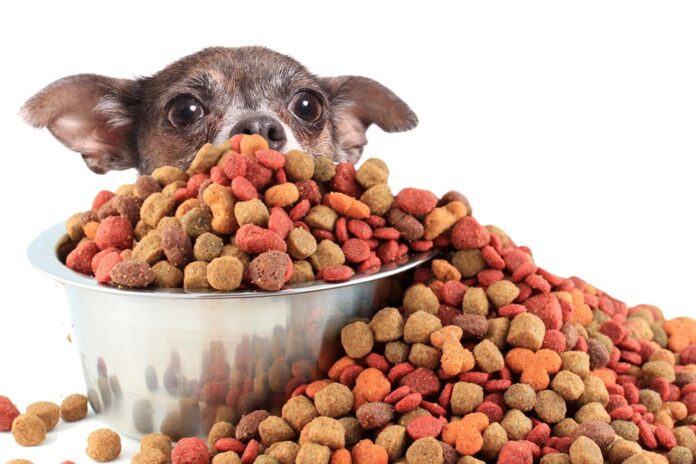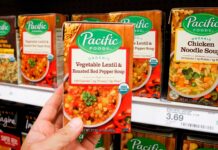Choosing a pet food can seem like a daunting task with advice coming from so many people and places. It’s easy to get lost in the options: homemade, raw, grain-free, etc. Here are a few questions to ask yourself that can give clarity to an otherwise murky topic:
1) Does the food meet essential nutritional requirements?
Pet foods can be made at home or by a company but not all foods contain the right amount of nutrients our furry friends need to be healthy. Home-cooked meals should be formulated with a boarded veterinary nutritionist to assure proper nutrient levels. If feeding a commercial product, look for one certified by AAFCO (Association of American Feed Control Officials), a company which set standards for these requirements and assures at least the bare minimum nutrient levels are in the product. Not all companies follow AFFCO recommendations so look for a statement on the back of the product that says something like, “meet AAFCO standards” (or a variation of this statement).
2) Does the food contain a “grain-free” ingredient list?
Grain-free diets are those that promote recipes that leave out grains of any kind. Some reasons why they’ve become so popular are due to “grain allergy” or “unhealthy for pets.” However, feeding this type of diet comes with a risk. There are several studies that show a link between grain-free diets and developing a condition called Dilated Cardiomyopathy (DCM), a type of heart disease. Though the exact reason hasn’t been discovered, many hypothesize the foods are lacking certain nutrients the heart needs to work properly. This circles back to the importance of adequate nutrient levels – the diets in the studies were not, in fact, AAFCO certified. Speaking on behalf of allergy, it is very rare for our pets to be allergic to grains – more often it is the protein source (beef, chicken, and egg are the top 3 offenders). While not every pet eating a grain free diet develops this type of heart disease, it is important to understand the risk still exists.
3) Does the food contain “raw” ingredients?
Raw diets have gained popularity in the recent years for reasons such as, “it’s what their ancestors (wolves) eat in the wild” or “it’s all natural and doesn’t include commercial food additives” and the list goes on. Veterinarians generally avoid promoting raw diets for 2 big reasons: First, the nutritional quality of raw diets is severely lacking. Contrary to popular opinion, dogs have been bred so far away from wolves that they cannot survive eating the same diet – nutritionally they would starve. Second, raw diets pose a significant health risk to our pets (as well as susceptible humans). We cook meat products to kill harmful bacteria, like E. coli or Salmonella, and parasite eggs to avoid infecting ourselves – the same risk applies to our pets. And whomever they lick after eating raw food as some of these pathogens are contagious to humans.
These few questions can help narrow down the seemingly impossible pet food choice while also keeping our companions happy and healthy (along with routine veterinary wellness visits). But, that’s a discussion for another time.




















